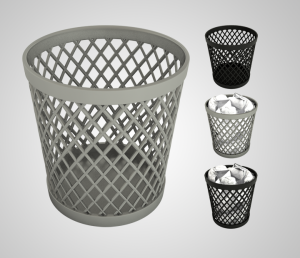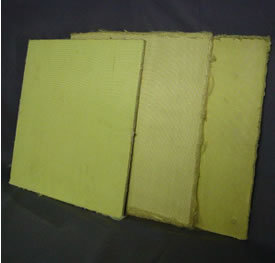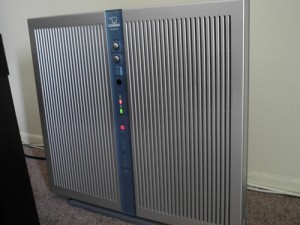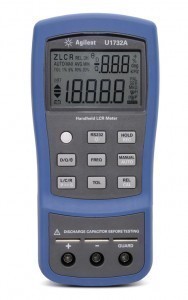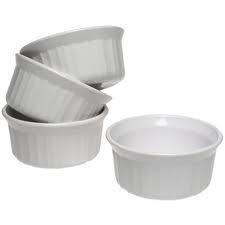Size of a Leaf Blower
The idea of a leaf blower was born when owners of agricultural 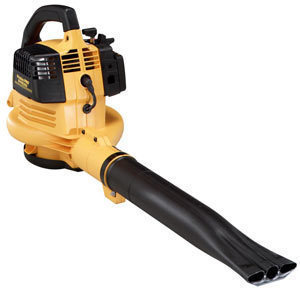 chemical sprayers removed the chemical dispensing unit and used instead its blower to clear lawn and garden debris. The popularity of the leaf blower quickly gained foothold as drought stricken areas in America discouraged the use of water in clean-up tasks. By the 1990s, the leaf blower had become a common garden maintenance tool found in almost every American home. By blowing large scattered masses of leaves and garden debris into neat and manageable piles, the leaf blower had blown as well the rake and the broom into the dustbin of history. Powered by a small motor that generates a strong blast of air through a long tube, the leaf blower is used mainly to clean outdoor areas like patios, decks, porches, balconies and sidewalks. The size of a leaf blower normally ranges from six to twelve pounds and can generate air volumes of 12 cubic meters per minute and wind speeds of 140 to 270 miles per hour.
chemical sprayers removed the chemical dispensing unit and used instead its blower to clear lawn and garden debris. The popularity of the leaf blower quickly gained foothold as drought stricken areas in America discouraged the use of water in clean-up tasks. By the 1990s, the leaf blower had become a common garden maintenance tool found in almost every American home. By blowing large scattered masses of leaves and garden debris into neat and manageable piles, the leaf blower had blown as well the rake and the broom into the dustbin of history. Powered by a small motor that generates a strong blast of air through a long tube, the leaf blower is used mainly to clean outdoor areas like patios, decks, porches, balconies and sidewalks. The size of a leaf blower normally ranges from six to twelve pounds and can generate air volumes of 12 cubic meters per minute and wind speeds of 140 to 270 miles per hour.
Versatile and portable, the leaf blower also has many potential uses in the agricultural, commercial and industrial sectors as well as in construction projects. Leaf blowers come with varying features. Smaller units come with a shoulder strap while bigger and heavier models can be lugged around backpack style for convenience and carrying comfort. The size of a leaf blower is generally measured in terms of air velocity generated expressed in miles per hour or volume of air produced interpreted in terms of cubic meters per minute. By pushing a switch, some advance leaf blower models can be transformed into a leaf vacuum that can suck in and mulch leaves and small twigs. The size of a leaf blower with vacuum feature is measured is terms of its mulching capacity. For instance, a leaf blower with a mulching ratio of 16:1 simply means that it is able to suck in and convert 16 bushels of leaves into a bushel of mulch. If you are looking for the best leaf blower with vacuum feature, it is recommended that you choose one with a high mulching ratio and equipped with a metal impeller, which is more durable than one that is made of plastic.
The size of a leaf blower also depends on the type of motor that runs it. Light duty blowers usually run on electricity, which may either be the corded type that could be plugged into a household AC outlet using an extension cord or the variety that runs on rechargeable batteries. Heavy-duty leaf blowers are usually gas operated, which are more powerful but heavier and noisier. Whatever size of a leaf blower you prefer, be sure that the model you choose is appropriate for the task you intend to perform.
